With the rise of cosmetic scanning apps and certain articles in the media, there is a certain mistrust regarding the composition of the products we use daily on our skin and hair . Among the ingredients most feared by consumers in hair cosmetics are sulfates and their derivatives. But what is their real function? What impact do they have on the environment?
The LAO team has decided to dedicate an article to them this Sunday. Enjoy!
Origin of sulfates
Sulfates are the result of the synthesis of sulfuric acid (H2SO4) or sulfur trioxide SO3 with a fatty alcohol (lauric acid for example). The first part, derived from sulfur, is most often derived from petrochemicals (60%), and the second part is of plant origin.
Sulfur is an element but also a mineral (known as native sulfur). It is often found as a by-product of industrial activities.
Petrochemicals
Sulfur contains 0.5% to 3% of petroleum. While it is primarily used (90%) in the phosphate fertilizer industry, it is also found in many cosmetics.
The problem with sulfur chemistry lies in its petrochemical origin: desulfurization of oil, purification of natural gases, etc. And poses serious environmental problems : fog and acid rain, atmospheric aerosols, etc.
Natural extraction (native sulfur)
Sulfur is also found naturally in the form of yellow stones.
Sulfur is generally associated with volcanoes, as fumaroles contain it. Sulfur is also found in sedimentary deposits: it comes from the decomposition of gypsum.
Natural sulfur extraction is less polluting but very unethical .
In East Java, Indonesia, lies Kawah Ijen, a volcano converted into a sulfur mine nearly 100 years ago. Working conditions there are very harsh, with men toiling for a few dollars without protection against toxic gases and other hazards. What's more, this volcano sits next to the most acidic lake in the world!
The company that owns the mine uses the sulfur to refine sugar, make matches and even medicines.
Sulfates in cosmetics
Role in cosmetics
Sulfates are ingredients found in cosmetic products such as shower gels, shampoos, and facial products . They act as surfactants, meaning they bind the fatty substances in a formula with water. Their function is therefore cleansing .
A classic shampoo, for example, is composed of approximately 5% to approximately 50% of a surfactant based on sulfates or mixtures of different sulfates.
Sulfates have many properties in cosmetics such as:
- foaming power
- a creamy texture
- a low price
They then turn out to be an ingredient of choice for manufacturers.
They are easy to recognize in an INCI list (list of ingredients) because we often find the word "sulfate" in the names: sodium lauryl sulfate, sodium laureth sulfate, ammonium lauryl sulfate , etc.
A potentially irritating ingredient
However, they are highly controversial due to their potential to irritate the scalp and skin and their drying effect on hair .
Sulfates are irritating ingredients for the skin and scalp that can cause contact dermatitis. They tend to strip the surface of the epidermis by removing part of the hydrolipidic film that covers it. The skin is then exposed to external aggressions.
Repeated use of foaming products containing lauryl or laureth sulfate promotes dehydrated and dry skin.
In the long term, sulfates can have a detrimental effect on health; in fact, we know that our bodies absorb some of the products we apply to them. By weakening the epidermis, they can allow unwanted substances to enter the body.
Sulfates and oily hair
Given their stripping nature and their ability to damage the hydrolipidic film present on the scalp and hair , we can only recommend spacing out shampoos ; the ideal being 1 to 2 per week.
Indeed, washing too frequently will amplify the effect of sulfates and excite the sebaceous glands which will produce more and more sebum to try to rebuild the hydrolipidic film! In summary, if your hair gets greasy quickly , it's time to switch to a sulfate-free shampoo and space out your washes !
Different types of sulfates
As mentioned above, there are different types of sulfates , some more irritating and some more polluting due to their manufacturing process. Sulfates are found in many cosmetic products, including organic ones! Here's why:
Organic labels classify sulfates into two groups, depending on their greater or lesser irritating potential.
Thus, sodium lauryl sulfate and ammonium lauryl sulfate are authorized in organic products because they are of plant origin (coconut or palm oil) and their transformation process is less polluting.
However, labels take into account the percentage of these ingredients in a formula, which must not exceed a certain quota. In this case, they are not considered irritants and therefore dangerous for the skin. In the case of an organic label, these ingredients are only found in rinse-off products, which will not remain on the skin for long and penetrate into the bloodstream.
The bête noire of organic labels is Sodium Laureth Sulfate , because its transformation process uses a product that is very toxic to health and the environment: ethylene oxide. This is called ethoxylation: it is a chemical reaction in which ethylene oxide is added to a fatty alcohol, for example (in this case lauryl) to produce surfactants.
At LAO, we decided to replace sulfates with natural and very gentle surfactants : Decyl Glucoside, Caprylyl/Capryl Glucoside, and Disodium Cocoyl Glutamate. They are derived from plant-based fatty alcohols and sugars.
Sources:
Amandine Georgel. Transcutaneous Penetration of Active Substances. Application in Dermocosmetology. November 2008. [Online] https://hal.univ-lorraine.fr/hal-01732837/document
Cosmebio. Webinar on Sulfates. 2020.
https://fr.wikipedia.org/wiki/Laureth_sulfate_de_sodium
https://fr.wikipedia.org/wiki/Sulfate
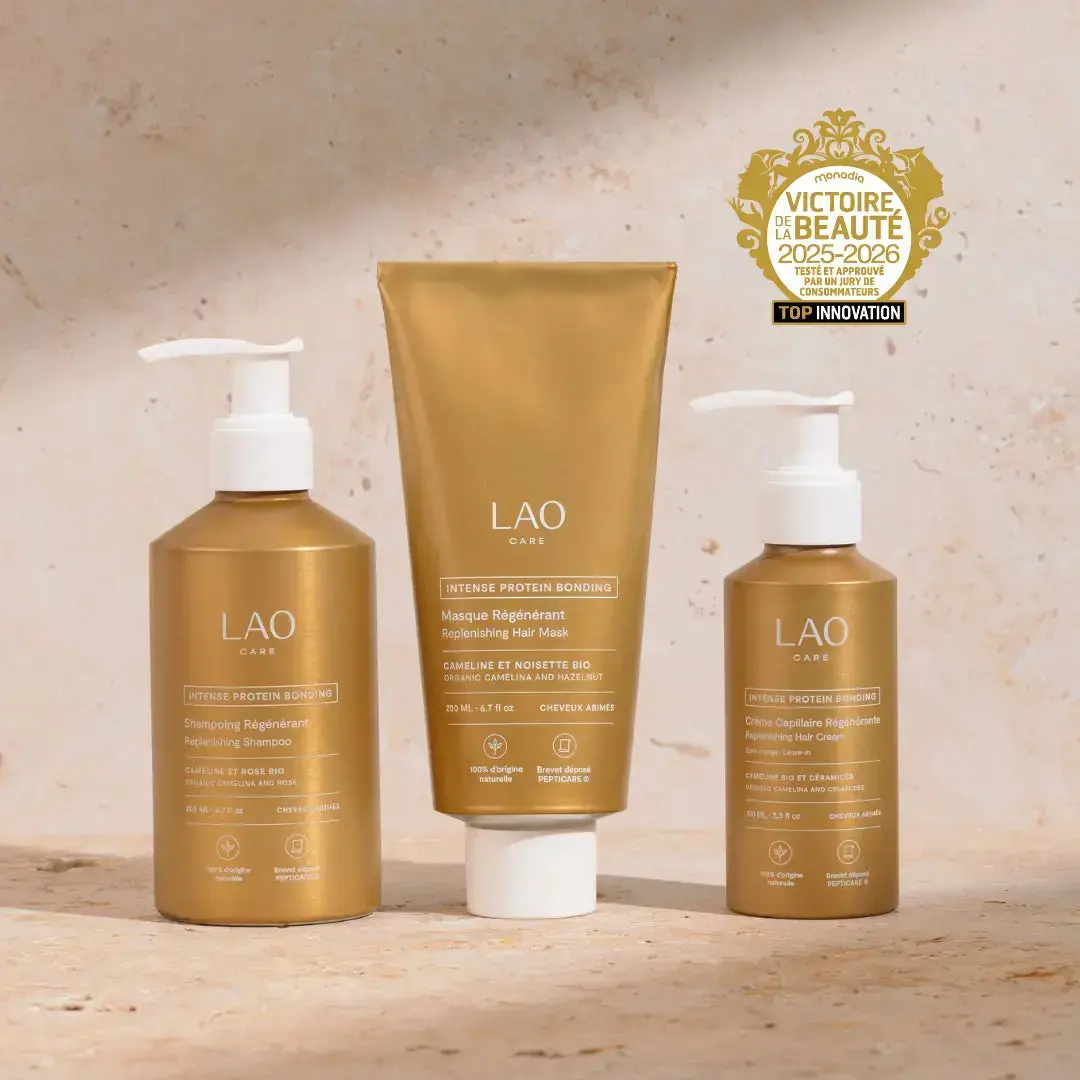
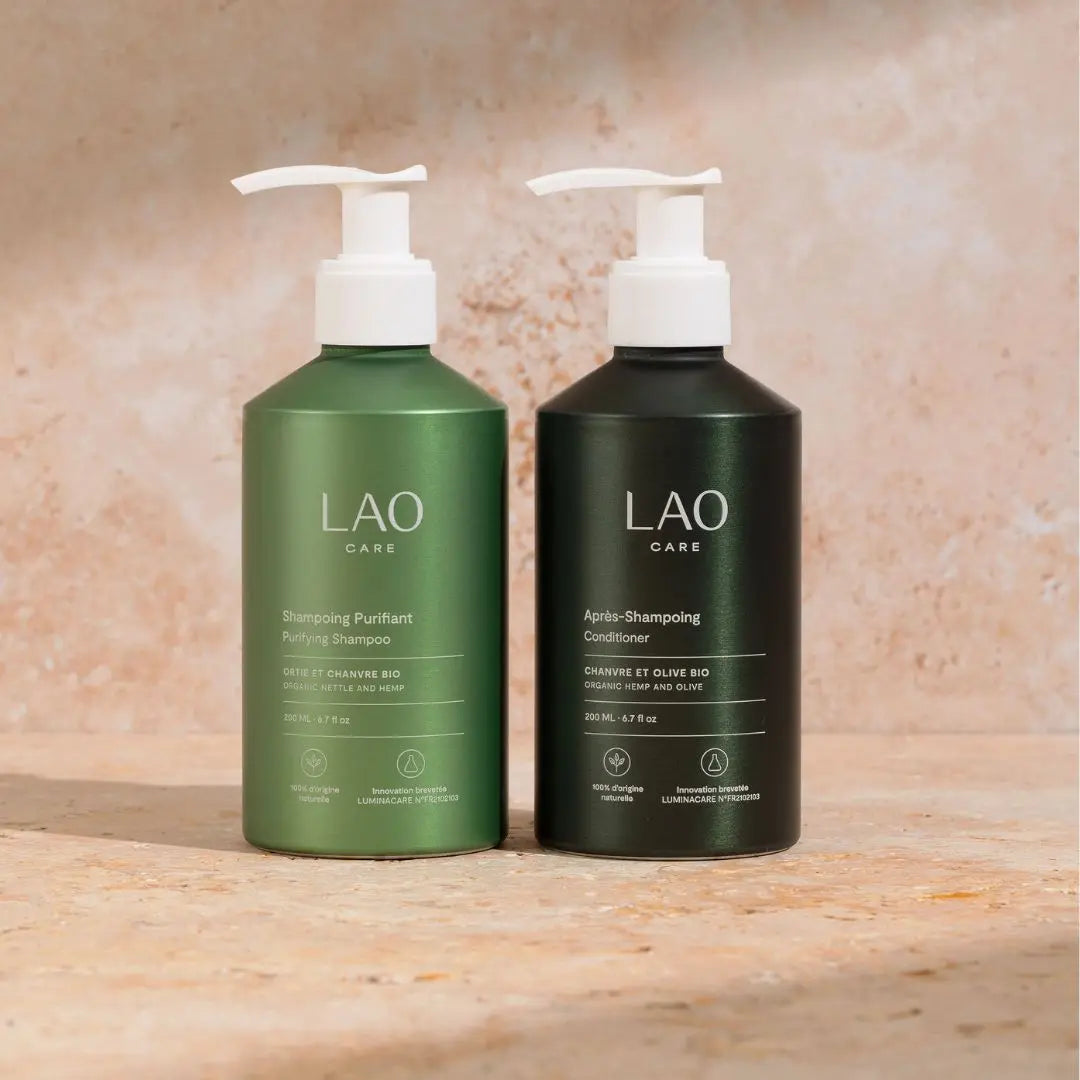
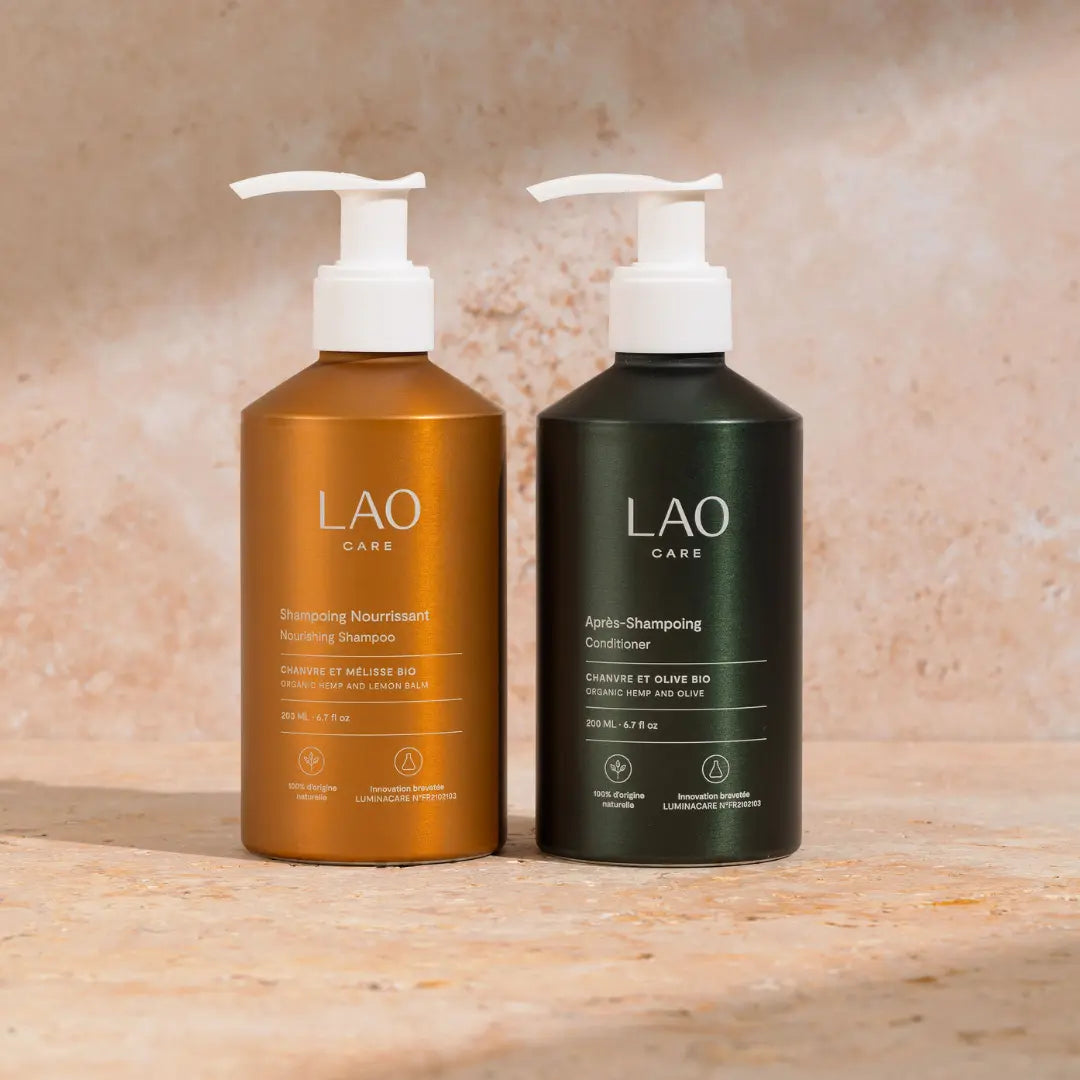
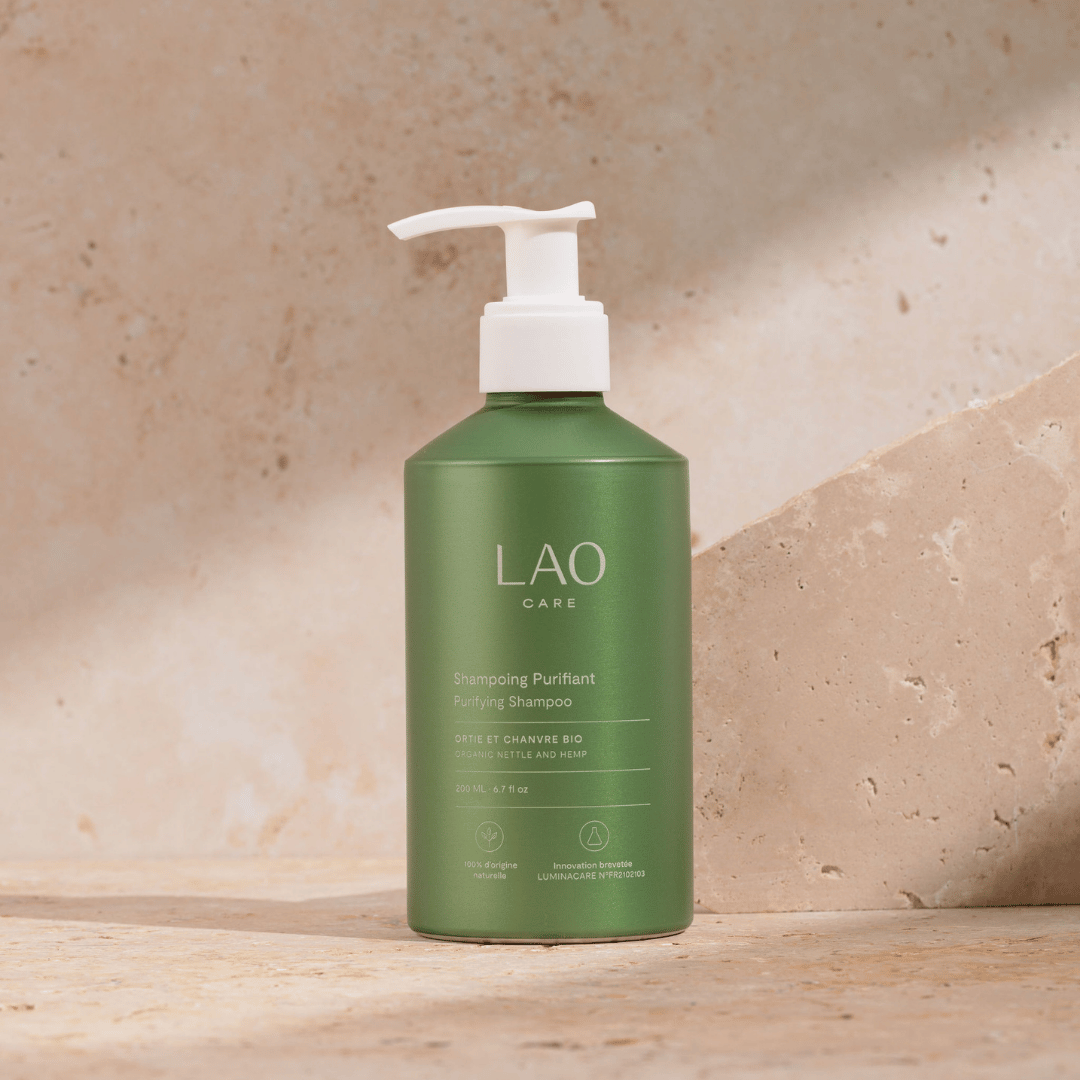
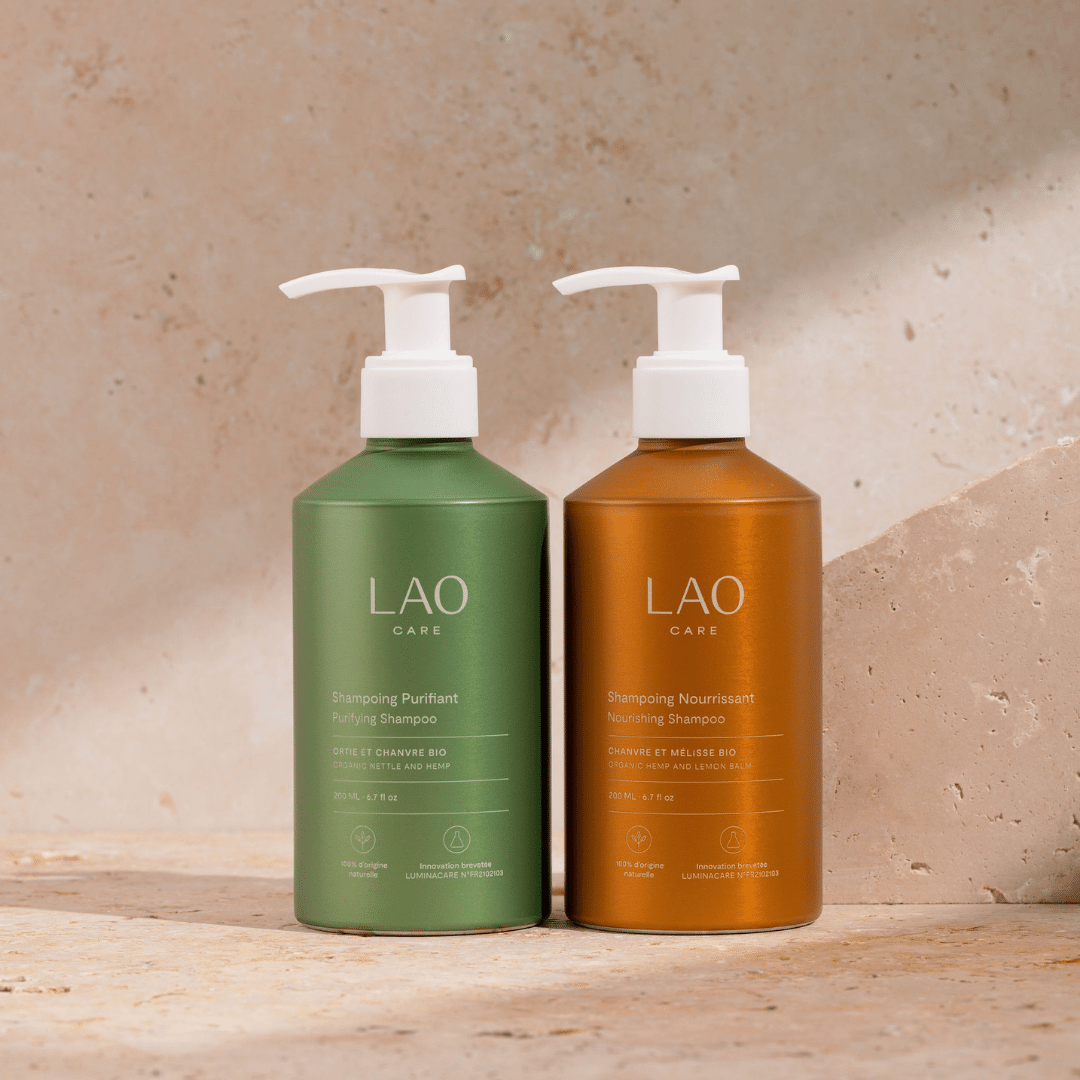

Leave a comment